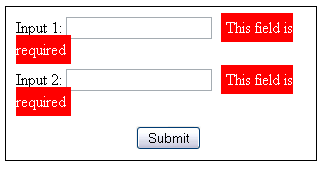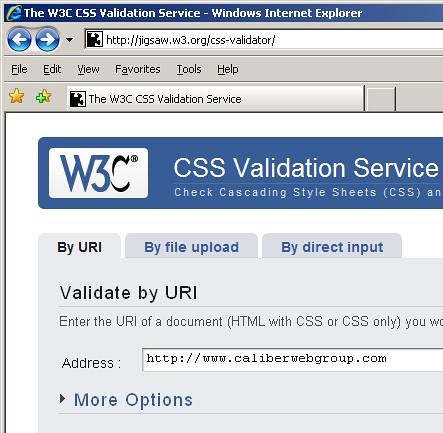Home Entertainment PC on a Budget in 2010
Dell computers makes a nice PC with a smaller, narrow "form factor" at a good price. The Dell Inspiron 560s (the "s" indicates a smaller form factor) is priced at around $329.99 brand new - or cheaper at the Dell outlet.
I'm not shy about a refurbished or open box item. I've bought from the Dell outlet twice now and I've been happy with both purchases. I saved several hundred dollars on both occasions.
One can get the Dell Inspiron 560s with the bare minimum specs - no need to ramp up on upgrades. It's a 64-bit machine that comes standard with Windows 7 Home Premium - which includes Windows entertainment software to view internet tv channels, listen to internet radio and so forth.
The Inspiron 560s comes with an adequate processor and 2GB of RAM - which is plenty for a budget E-PC (entertainment PC).
The small form factor uses a smaller power supply - which is nice and efficient. The lower power consumption one can get away with, the better. This is also a reason not to add on a bunch of upgrades just because you can afford them.
There is one optional adjustment that one can make, however, to get this budget E-PC ready for action. That is, one can add a full-high-definition 1080P graphics card. How much? About $45. Not bad.
One can get said graphics card with HDMI out that will fit the narrow form factor PC. Paired with one's fancy 1080P TV, one can get some fantastic visual and audio. Remember - HDMI will send both video and audio - so with this set-up, there's no need to attach a separate audio system to the PC. The PC will use the existing audio set-up attached to the TV.
I purchased the following unit:
With the HDMI out graphics card in there, the set-up for this PC is pretty simple. Attach an HDMI cord from the back of the PC to an HDMI input on the TV. Optionally attach the PC to the home network. Wala. One has a nice E-PC set up to the internet that can show full HD on your full HD tv.
For me, the graphics card installation went well. 1. I opened up the side panel of the PC. 2. I removed a metal bracer out of the way. 2. I removed the wide bracket from the graphics card and put in the optional narrow bracket to fit the narrow form factor. That took a screw driver. 3. I plugged the graphics card into the PCI Express slot. 4. I put things back together and I was done.
Then you install the drivers from CDs that you get with the graphics card. You need this done so you get full HD and sound out of the graphics card. This is a snap.
With the E-PC attached, one would do well to get a wireless keyboard and mouse - and have a nice portable surface to put those on that one can move right up to the couch. IKEA Makes a nice, inexpensive portable surface that I find perfect for the occasion. It's the Dave Laptop Table
For the wireless keyboard I recommend the Microsoft ARC USB Keyboard. It's nice and small - and well-suited for moving around. There's a small tranceiver you plug into the PC USB port. Done.
I recommend the Microsoft Wireless Mobile Mouse 4000 with Blue Laser technology. That mouse can handle a wide variety of surfaces - which comes in handy. This mouse connects to the computer with a USB tranceiver like the aforementioned keyboard.
That covers the technology for a quality entertainment PC on a budget. Now I want to mention some of the possibilities that are yours once this is in place.
If the entertainment PC is connected to the home router, then one can watch home movies or slideshows of family photos from a hard drive on the network. I've done that and have really enjoyed it. I keep those files on a NAS (Network Attached Storage device) - which is just a hard drive that is set up to be plugged into the router and shared across all other home computers on the network.
If the entertainment PC is connected to the internet, one can watch online multimedia like TV episodes streamed online, Hulu, Netflix, YouTube and the list goes on.
One can switch to the PC and take care of those minor errands really quick during commercials or breaks in the action such as Facebook entries, LinkedIn updates, Twitter and so on.
Sometimes once one finds oneself parked on the couch or sectional, one doesn't feel motivated to move back to a workstation or power up a laptop to get some things done. With an entertainment PC up, one can switch to that input and get things done using the TV as the monitor.
Having the TV as the monitor really comes in handy when one wants show and discuss some web content with other people - like planning a gift for someone with ones spouse - or looking at options for an upcoming cruise vacation.
For some, the option to watch DVDs with the PC DVD drive will sidestep the need to buy a separate DVD player. For others, the ability to add or swap the DVD player with a Blu-ray player is an alternative from buying a separate player that would only further clutter the entertainment equipment stack.
Zooming out on the situation, I think what makes an entertainment PC a good idea right now is the low prices, the availability of a nice, small form factor, the HDMI between the PC and the TV offering both the audio and video connection in one cord, and the ability to watch content on the home network or the internet.
Let me know if you have other ideas. Happy computing.










